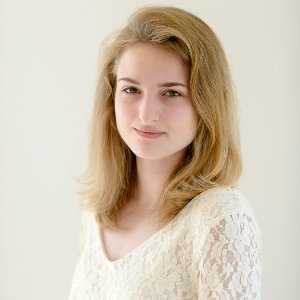In The Studio – Pasta Packaging Design
There is something happening in the art department at Grove City College. Five years ago, Grove City’s offering for graphic design courses was limited. But, not so today! Thanks to Nate Mucha, the go-to professor for everything design these days, a whole handful of design classes are offered at Grove City College. You can take a look inside one of […]
Read more